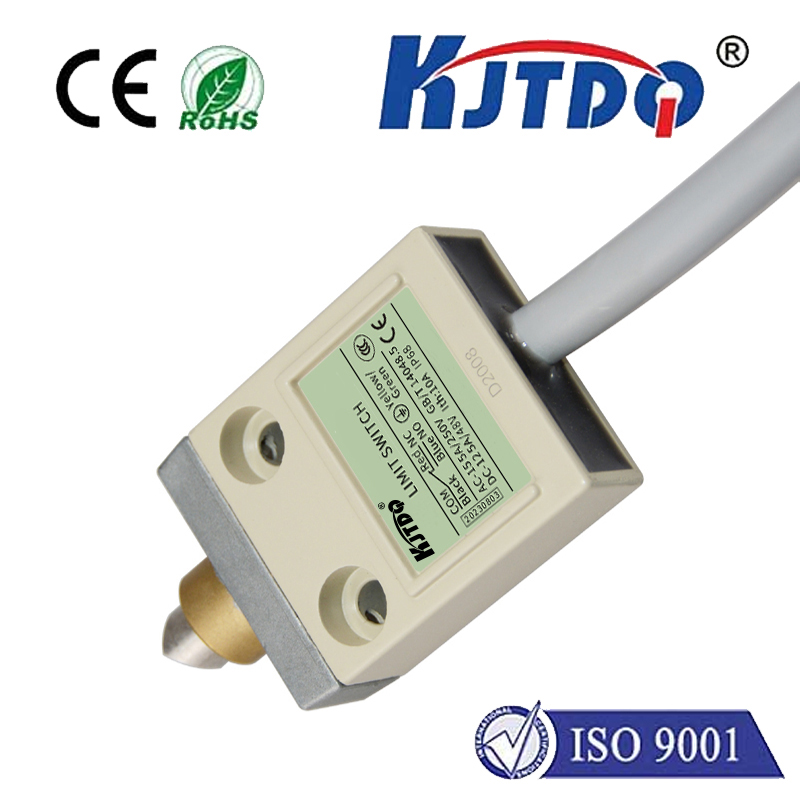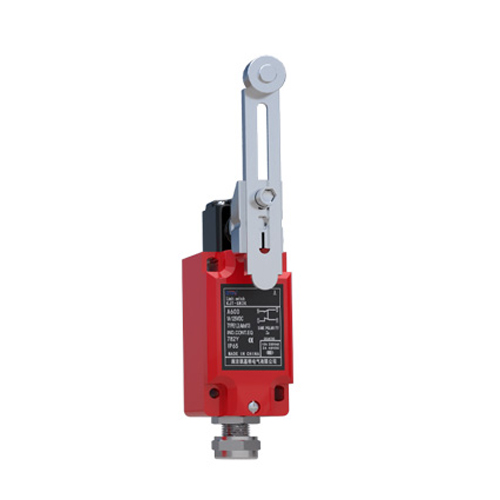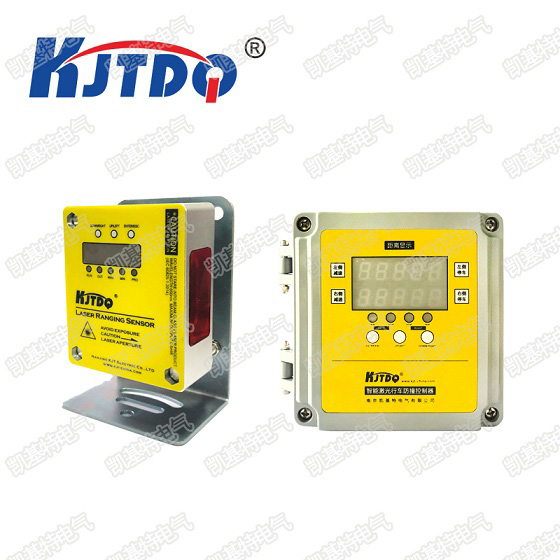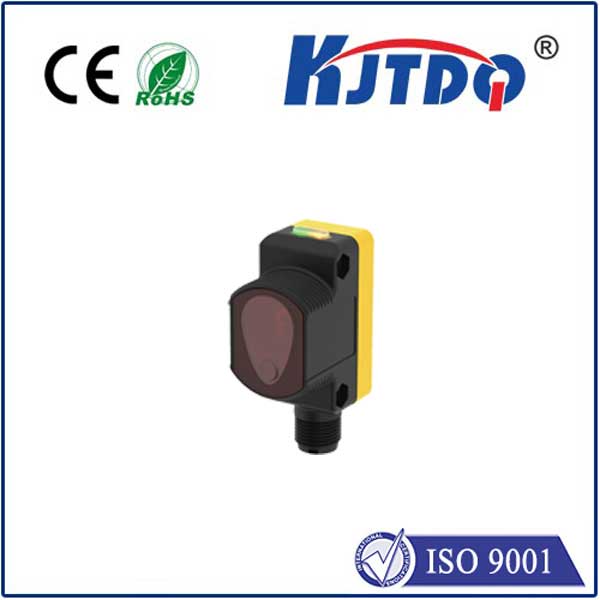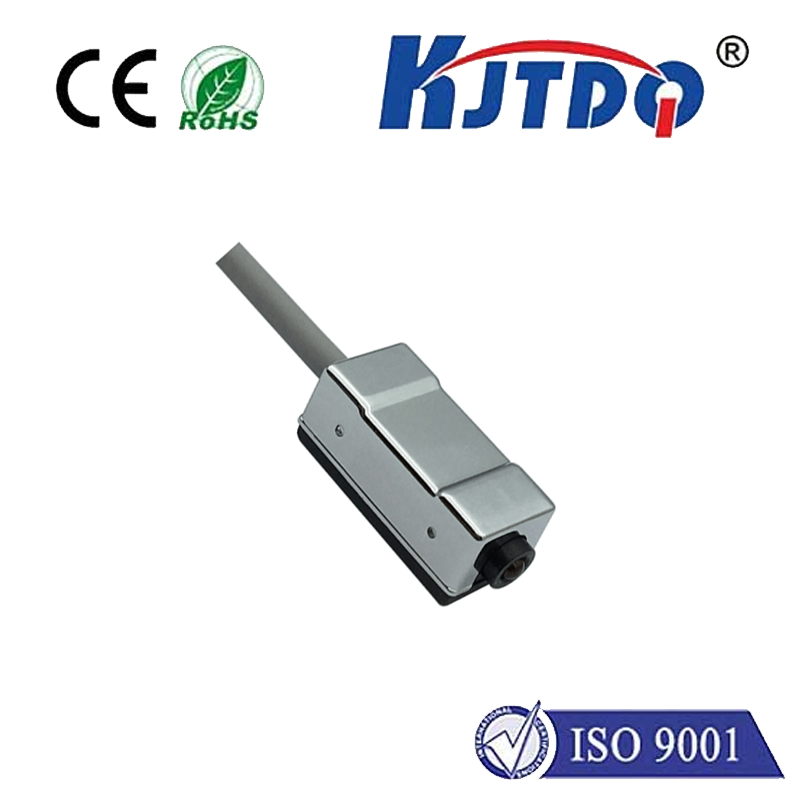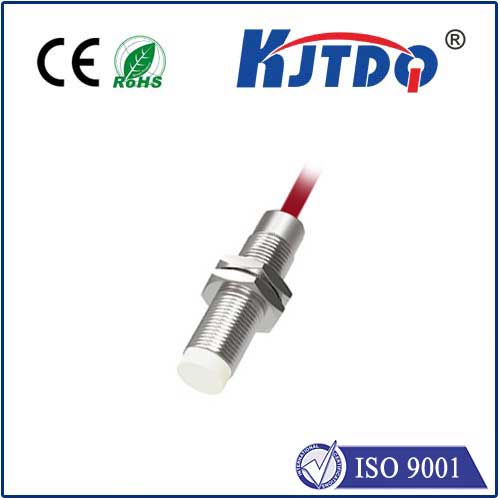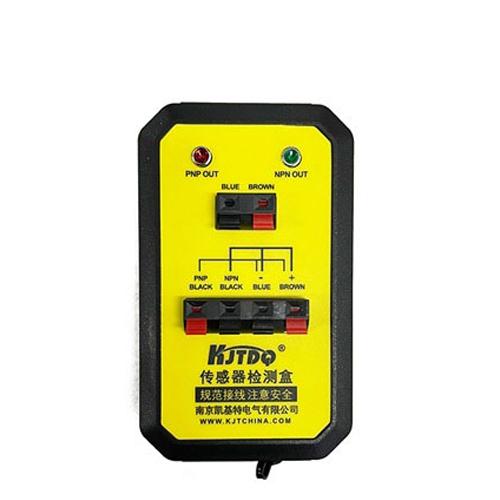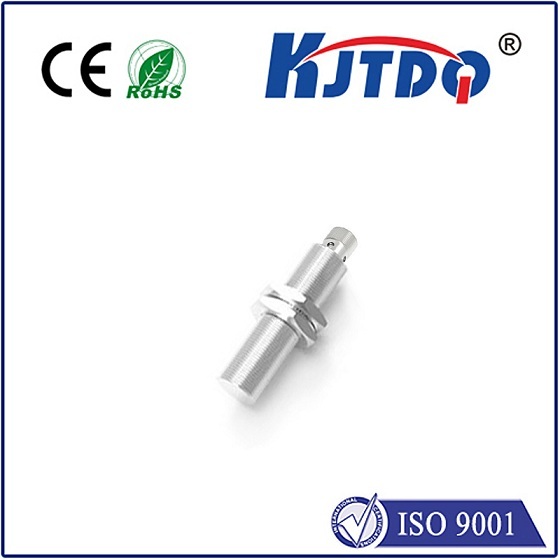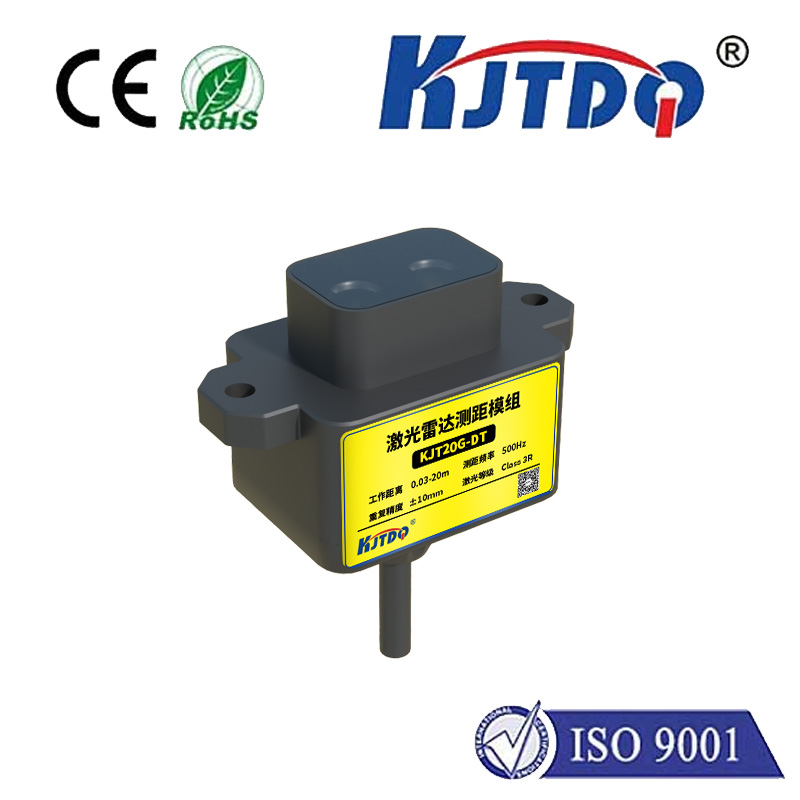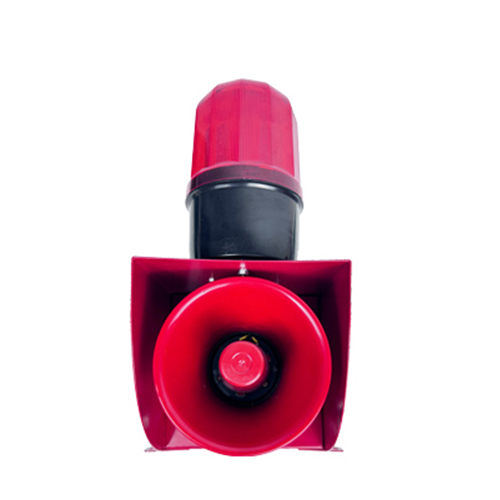

check

check

check

check

check

check

check

check

check

check
Optical fibre sensors, where the measurand is transduced to a change in an optical parameter (for example, refractive index in a fibre Bragg grating), have been investigated and deployed to monitor various parameters such as strain, temperature, pressure, vibration, and other physical quantities. These sensors utilize the principles of light modulation and signal-to-noise ratio to provide accurate measurements. In this exploration, we delve into the intricate components and mechanisms of optical fibre transducers, shedding light on their significance and applications.
At the heart of an optical fibre transducer are several key components including optical fibres, light sources, and photodiode detectors. Optical fibres serve as the medium through which light travels, carrying information about the measured parameter. The light source, often a semiconductor laser diode or light-emitting diode, emits light that interacts with the environment being measured. This interaction causes changes in the optical properties of the fibre, such as variations in the refractive index or attenuation levels.

The process of converting the measurand into an optical signal involves several steps. Firstly, the light from the source enters the optical fibre where it encounters the measurand. Depending on the nature of the measurand, it may alter the phase, intensity, polarization, or propagation characteristics of the light. For instance, in a Fibre Bragg Grating (FBG) sensor, the strain applied to the fibre changes the pitch of the grating, thereby shifting the reflected wavelength. This shift is then detected by the photodiode detector, which transduces the optical signal back into an electrical signal for further processing.
Various types of optical fibres are employed in these transducers, each designed for specific applications. Multimode fibres, with their larger core diameter, are suitable for short-distance communications and when higher power levels are required. On the other hand, single-mode fibres, characterized by a smaller core and lower attenuation rates, are ideal for long-distance transmission and high-resolution measurements. The choice of fibre type significantly impacts the sensitivity and precision of the transducer.
Optical fibre transducers have found applications across diverse fields due to their high sensitivity, immunity to electromagnetic interference, and ability to operate in harsh environments. In structural health monitoring, they are used to detect micro-strains and deformations in bridges and buildings. Medical fields benefit from these sensors in minimally invasive procedures, where they monitor physiological parameters inside the human body. Moreover, in the oil and gas industry, they help in monitoring pipeline integrity and leak detection.
Optical fibre transducers represent a sophisticated technology that bridges the gap between physical measurements and optical signals. By leveraging the principles of light modulation and advanced fibre optic components, these devices offer unparalleled accuracy and reliability in various applications. As research continues to advance, the future holds exciting possibilities for innovations and improvements in this field, ensuring that optical fibre transducers remain at the forefront of sensing technologies.
